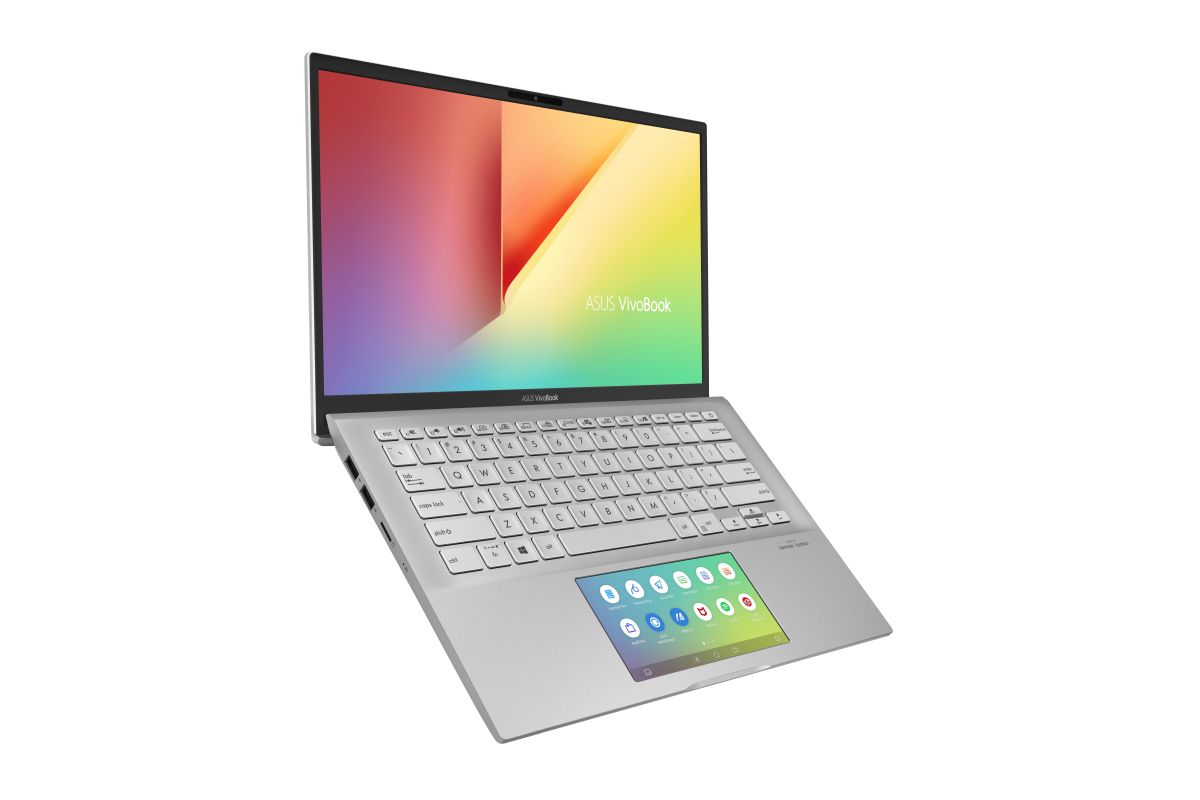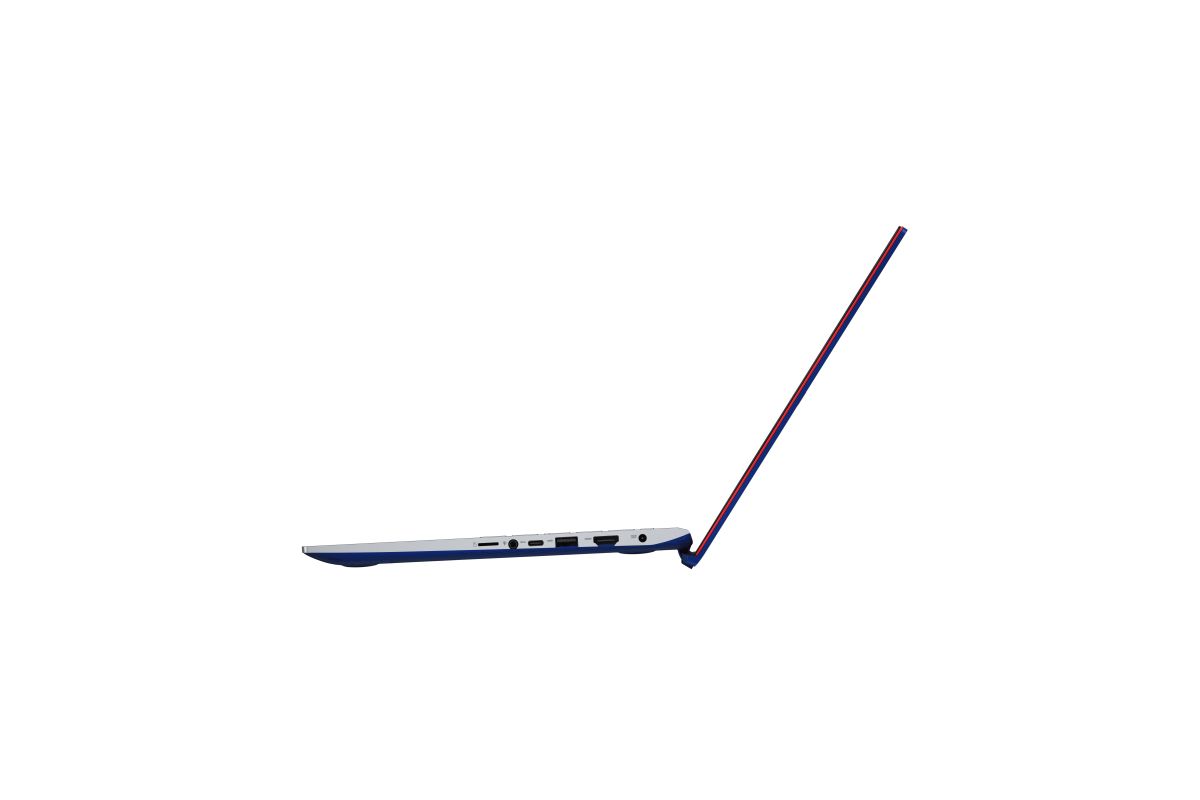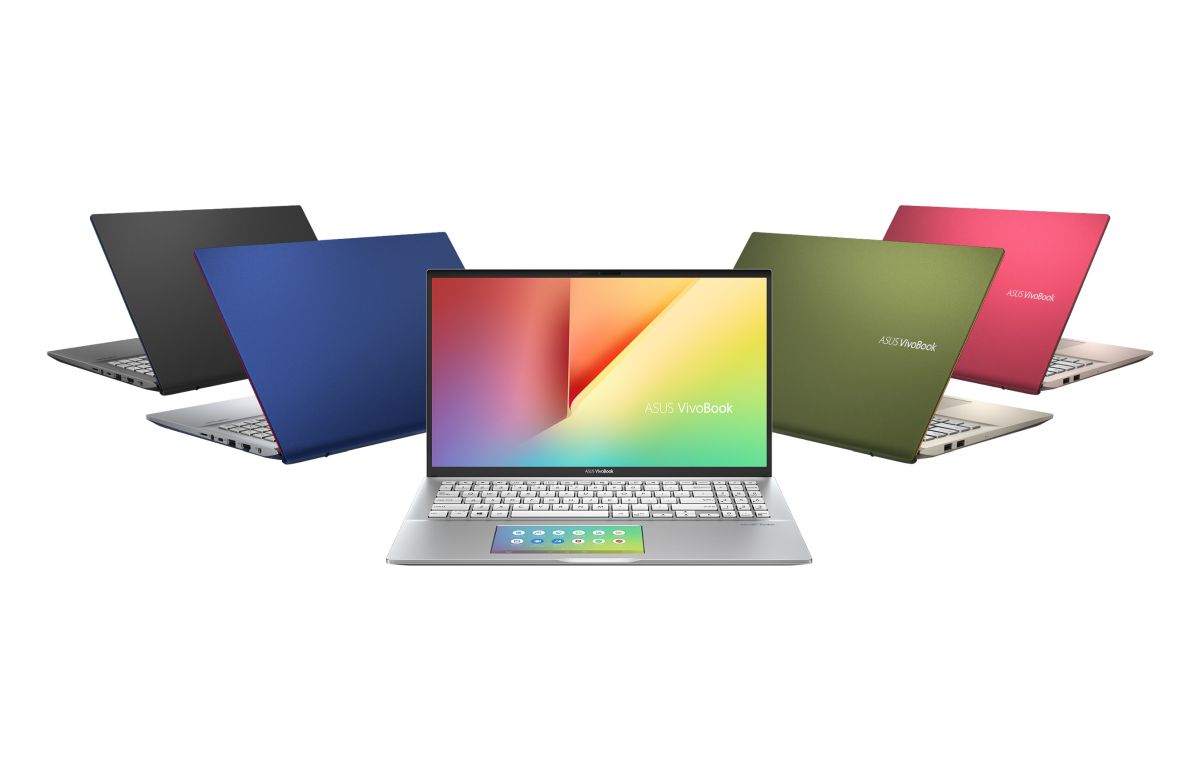As their names suggest, the two variants sport different screen sizes at 14-inches and 15.6-inches. Regardless of size, both SKUs have Full HD (1920 x 1080) resolution displays with a bezel-less NanoEdge design. Specs-wise, both the VivoBook 14 and VivoBook 15 practically house identical hardware. The CPUs are 8th generation Intel Core processors, but consumers can choose between a Core i5-8265U or a Core i7-8565U. Both models can have up 16GB LPDDR3 RAM, and up to 1TB of NVMe PCIe storage. For connectivity, the notebooks support the latest 802.11ax bandwidth or Wi-Fi 6, plus Bluetooth 5.0.
Graphics-wise, both the VivoBook 14 and VivoBook 15 have a choice between using Intel’s UHD Graphics 620 integrated graphics adapter, or an NVIDIA GeForce MX250 2GB GDDR5 discrete GPU. Ports-wise, both the VivoBook 14 and VivoBook 15 come with a USB 3.1 Type-C Gen2 port, a USB 3.1 Type-A port, one USB 2.0, an HDMI port, one combo audio jack, and an SD Card reader. Additionally, the trackpads have been replaced with ASUS’ ScreenPad 2.0. First introduced with last year’s ZenBook Pro, the ScreenPad is a 5.65-inch interactive display that can be used for several productivity-related features. Including being a second display, a numeric keypad, and handwriting input, to name a few.
Battery-wise, the VivoBook 14 SKUs comes with either a 42Wh or 47Wh lithium-polymer battery, while all variants of the VivoBook 15 feature a 42Wh lithium-polymer battery. Additionally, all variants of the VivoBook 14 and VivoBook 15 feature a fast-charging feature that gives the notebooks 60% power for just 49 minutes of charging. Of course, one of the main appeals of the VivoBook range is the choice of colours the notebooks are available in. In the case of the new VivoBook 14 and VivoBook 15, users will have a choice between Moss Green, Punk Pink, Cobalt Blue, Transparent Silver, and Gun Metal.
At the time of writing, ASUS did not specify a local availability or pricing for the VivoBook 14 and 15.


